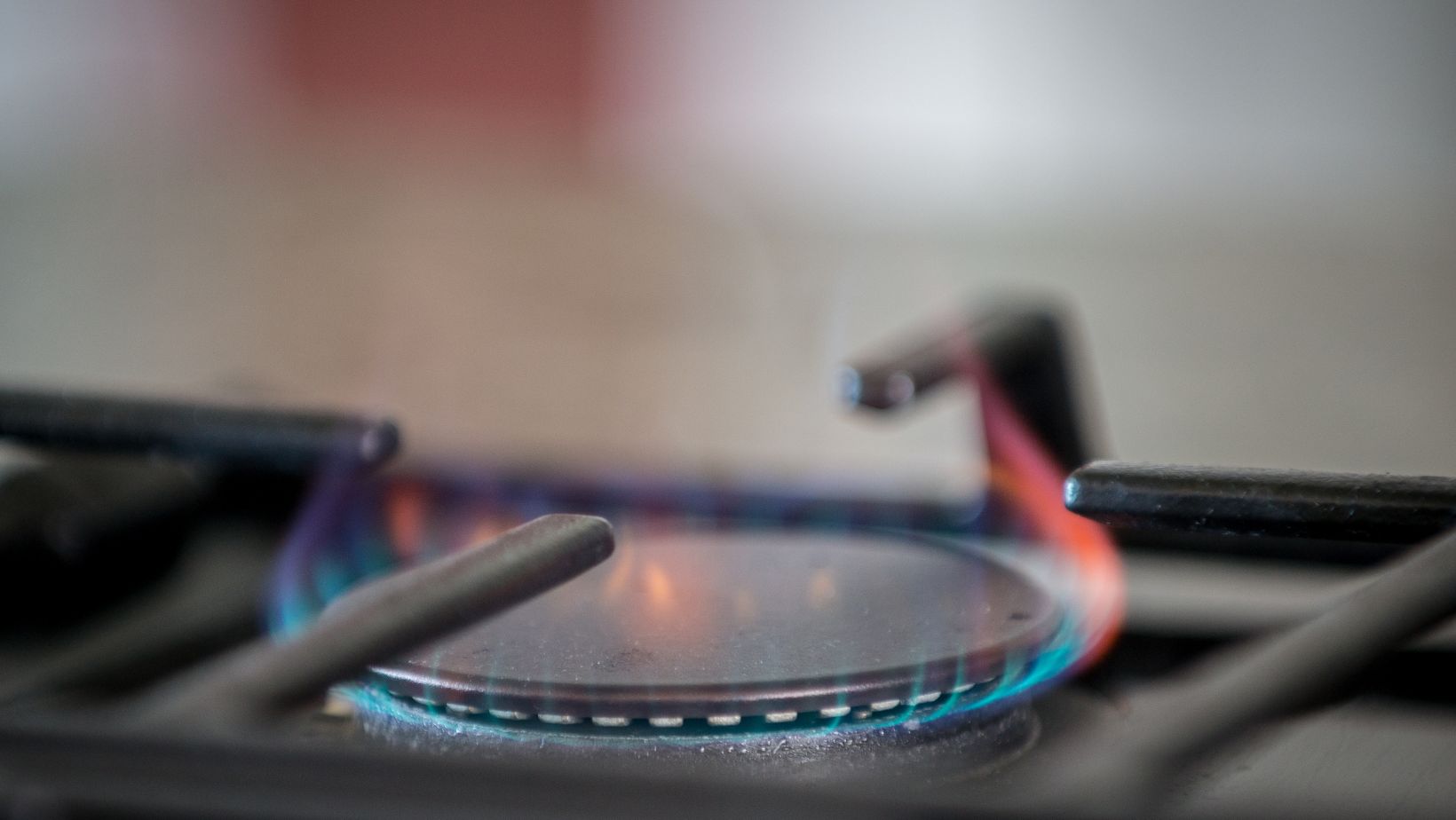

Articles
What Stove Top Setting To Get To 350°F
Modified: January 8, 2024
Discover the ideal stove top setting for cooking at 350 degrees. Read articles and tips on achieving the perfect temperature for your culinary creations.
(Many of the links in this article redirect to a specific reviewed product. Your purchase of these products through affiliate links helps to generate commission for Storables.com, at no extra cost. Learn more)
Introduction
A stove top setting refers to the level of heat or temperature at which a stove is set to cook food. It plays a crucial role in determining the outcome of your cooking, as different dishes require specific heat levels to be cooked to perfection. Understanding stove top settings and their corresponding temperatures can help you achieve the desired results in your culinary endeavors.
When cooking on a stove, it is essential to have a good grasp of the different heat settings available and their corresponding temperatures. This knowledge allows you to control the cooking process effectively, ensuring that your food is cooked evenly and to the desired doneness. Whether you are simmering a delicate sauce, frying crispy chicken, or boiling water for pasta, knowing the appropriate stove top setting is essential for culinary success.
In this article, we will explore the concept of stove top settings, particularly focusing on the meaning and significance of the 350 stove top setting. We will also discuss the factors that can affect stove top temperature and provide tips on how to achieve and maintain a 350 stove top setting.
Key Takeaways:
- Understanding stove top settings is crucial for precise cooking, ensuring even heat distribution, and promoting energy efficiency and safety in the kitchen.
- Achieving and maintaining a 350°F equivalent stove top temperature involves adjusting the control dial, using a thermometer, and employing tips for consistent cooking results.
Understanding Stove Top Settings
Stove top settings refer to the different heat levels or temperature options available on a stove. These settings are typically represented by numbers, letters, or symbols on the control dial or knob of the stove. Each setting corresponds to a specific heat level, allowing you to adjust the intensity of the heat produced by the stove.
Knowing and understanding stove top settings is crucial for several reasons. Firstly, it ensures that you can cook your food at the right temperature, preventing undercooking or overcooking. Different dishes require different heat levels for optimal results. For example, delicate sauces might require low heat, while searing a steak requires high heat. By accurately selecting the right stove top setting, you can achieve the perfect cooking temperature for your culinary creations.
Secondly, understanding stove top settings helps you to control cooking times more effectively. Cooking at the right temperature ensures that your food cooks evenly and consistently. It helps to avoid hot spots or uneven cooking, which can affect the taste and texture of your dishes. By utilizing the appropriate stove top setting, you can ensure that your food is cooked thoroughly and to the desired level of doneness.
Furthermore, knowing your stove top settings can also assist in energy efficiency and safety. Different stove top settings may have varying energy consumption levels. Being aware of this can help you choose the most energy-efficient setting for your cooking needs. Additionally, understanding the different settings allows you to make informed decisions when it comes to safety precautions, such as knowing when to use a lower heat setting to prevent food from burning or to avoid accidents in the kitchen.
In summary, understanding stove top settings is essential for achieving the desired cooking temperature, controlling cooking times, ensuring even heat distribution, and promoting energy efficiency and safety. By familiarizing yourself with the various stove top settings, you can elevate your culinary skills and create delectable dishes with confidence.
Typical Stove Top Settings
Stoves usually offer a range of heat settings that allow you to adjust the temperature according to your cooking needs. While the specific labeling may vary depending on the stove model, most stoves have three common heat settings: low, medium, and high. Understanding the characteristics of each setting is essential for achieving precise cooking results.
Low heat setting: The low heat setting on a stove is typically represented by the number 1 or the letter L. This setting provides the lowest heat intensity and is ideal for tasks such as melting butter or chocolate, simmering delicate sauces, or keeping cooked food warm. On a gas stove, the low heat setting is achieved by turning the flame to its lowest level, while on an electric stove, it involves activating the smallest burner or reducing the element’s power.
Medium heat setting: The medium heat setting is often labeled with the number 5 or the letter M. This setting offers moderate heat intensity and is suitable for a wide range of cooking techniques. It is commonly used for sautéing vegetables, browning meat, or simmering stews and soups. On a gas stove, the medium heat setting involves increasing the flame to a medium-sized flame, while on an electric stove, it entails using a medium-sized burner or adjusting the element’s power accordingly.
High heat setting: The high heat setting is represented by the number 10 or the letter H. This setting provides the highest heat intensity and is utilized for tasks that require quick and intense heating. It is commonly used for boiling water, searing meats, or achieving a rapid stir-fry. On a gas stove, the high heat setting involves maximizing the flame by turning the burner knob to its highest position, while on an electric stove, it requires using the largest burner or adjusting the element’s power to its maximum level.
These typical stove top settings serve as a starting point, but it is important to note that the heat output may vary depending on the stove model and other factors. It is always advisable to refer to your stove’s manual or consult the manufacturer to understand the specific heat ranges and settings available on your particular stove.
By familiarizing yourself with the low, medium, and high heat settings on your stove, you can have greater control over the cooking process and ensure that your dishes are cooked to perfection.
What Does 350 Stove Top Setting Mean?
The 350 stove top setting refers to a specific temperature on the stove that is commonly used for a variety of cooking tasks. It is often associated with baking and is a standard reference point for many recipes that require the use of an oven. However, it is important to note that the concept of a “350 stove top setting” can be misleading, as stovetops usually do not have temperature settings that correspond to specific numbers such as 350. Instead, stovetops typically have low, medium, and high heat settings.
When a recipe mentions a “350 stove top setting,” it is generally an indication to preheat your oven to a temperature of 350°F (175°C). It is important to remember that this temperature is specific to oven baking and not directly applicable to stove top cooking. The oven provides a controlled environment with even heat distribution, allowing for consistent baking results.
Common uses of a 350 oven setting include baking cakes, cookies, bread, casseroles, and other baked goods. This temperature is often considered a moderate heat level that allows for even cooking and browning without excessive burning or overcooking.
While the stove top and oven are separate cooking appliances, both play crucial roles in the culinary world. The stove top is typically used for tasks such as sautéing, boiling, simmering, and frying, while the oven is primarily utilized for baking and roasting. It is important to understand the distinction between stove top and oven cooking, as each requires different techniques and temperature control.
When following a recipe that mentions a “350 stove top setting,” it is best to consult the instructions carefully and identify whether the recipe calls for stove top or oven cooking. If it is an oven recipe, preheating your oven to 350°F (175°C) is typically the intended step to achieve the desired baking temperature. However, if the recipe specifically mentions stove top cooking, it is important to refer to the recommended stove top heat setting and adjust it accordingly based on the low, medium, and high heat options available on your stove.
Understanding the intended usage of different temperature references in recipes allows you to cook with precision and achieve the desired culinary results. So, the next time a recipe mentions a “350 stove top setting,” remember to interpret it as a reference to preheating your oven to 350°F (175°C) for baking.
Set your stove top to medium heat to achieve a temperature of around 350 degrees Fahrenheit. Keep an eye on the temperature and adjust as needed to maintain a consistent heat level.
Factors Affecting Stove Top Temperature
When it comes to cooking on a stove, several factors can affect the temperature and heat distribution. Understanding these factors allows you to adjust your cooking techniques and achieve the desired cooking results consistently. Here are some key factors that can influence stove top temperature:
Type of stove: The type of stove you have plays a significant role in determining stove top temperature. Gas stoves and electric stoves operate differently. Gas stoves use an open flame, and the heat is easily adjustable by controlling the gas flow with the burner knob. Electric stoves, on the other hand, use electric coils or smooth-top surfaces, and the heat is adjusted by adjusting power levels. Gas stoves tend to provide more immediate and precise heat control compared to electric stoves.
Cookware material: The material of your cookware can impact the stove top temperature. Different materials conduct and distribute heat differently. For example, copper and aluminum cookware heat up quickly and distribute heat evenly, making them ideal for precise temperature control. Stainless steel cookware takes longer to heat up but retains heat well. Cast iron cookware retains heat for a longer period, making it suitable for tasks that require even heat distribution, such as searing meats. Non-stick cookware may require lower heat settings as they heat up quickly.
Pan size: The size of the pan or pot you use can affect stove top temperature. Larger pans or pots with wider bottoms have more surface area and may require higher heat settings to achieve the desired temperature. Smaller pans or pots heat up quicker, and using lower heat settings may be necessary to prevent overheating or burning the food.
Heat distribution: Some stoves may have variations in heat distribution across the burners or heating elements. This can lead to uneven cooking if not taken into account. Understanding the heat distribution patterns on your stove allows you to adjust the placement of your cookware or rotate it during cooking to ensure even heat distribution.
By considering these factors, you can make necessary adjustments to your cooking techniques and stove top settings to achieve optimal heat control and ensure consistent and delicious culinary results. Experimenting with different cookware materials, understanding your stove’s characteristics, and being mindful of pan size and heat distribution will help you become a more proficient cook.
Read more: How To Heat Oil To 350°F On A Stove Top
Achieving and Maintaining 350 Stove Top Setting
While stovetops typically do not have a specific “350” setting, achieving and maintaining a consistent temperature equivalent to 350°F (175°C) can be crucial for various cooking tasks. Here are some methods you can employ to achieve and maintain a 350 stove top setting:
Adjusting control dial/knob: Stove tops usually have different heat settings indicated on the control dial or knob. Depending on your stove, you can start by setting the dial or knob between the medium and high marks to achieve a temperature around 350°F (175°C). Over time, you may need to make slight adjustments to find the ideal setting that translates to the desired temperature for your specific stove.
Using a thermometer: To ensure accuracy, you can use a stove top thermometer to measure the temperature. Place the thermometer on the stovetop surface or directly onto your pan or skillet while preheating. Monitor the reading to determine if it reaches around 350°F (175°C). This method provides a reliable way to achieve and maintain the desired temperature for your cooking tasks.
Tips for maintaining consistent temperature: Here are some additional tips to help you maintain a consistent temperature once you’ve achieved the desired heat level:
- Use a lid: Covering your cookware with a lid helps to trap heat and maintain a steady temperature inside. This is particularly useful for simmering and slower cooking methods.
- Avoid frequent lid removal: Lifting the lid frequently can cause temperature fluctuations. Try to limit lid removal to check on progress or stir when necessary.
- Adjust heat as needed: Keep an eye on the heat level and adjust as necessary to maintain a steady temperature. If the temperature rises above 350°F (175°C), reduce the heat slightly. Conversely, if it falls below, increase the heat gradually.
- Choose the right burner size: Match the size of the burner or heating element to the size of your pan or pot. This promotes even heat distribution and prevents temperature fluctuations.
- Avoid overcrowding: Overcrowding the cooking surface with multiple pans or pots can hinder heat circulation. Optimal spacing allows for better heat distribution and consistent cooking temperatures.
- Keep the cooking surface clean: Food residue or spills on the stovetop can interfere with heat transfer. Regularly cleaning the cooking surface helps promote even heat distribution and maintain consistent temperatures.
By employing these techniques, you can achieve and maintain a stove top equivalent to a 350°F (175°C) temperature and ensure consistent and accurate cooking results.
Conclusion
Understanding stove top settings and their impact on cooking is essential for achieving desired culinary results. While there may not be a specific “350” stove top setting, knowing how to adjust your stove and maintain consistent temperatures is vital for various cooking tasks.
We explored the typical stove top settings of low, medium, and high heat, each serving a specific purpose in the cooking process. Additionally, we clarified that the “350 stove top setting” typically refers to preheating an oven to 350°F (175°C) for baking, rather than a direct setting on a stovetop.
Factors such as the type of stove, cookware material, pan size, and heat distribution can influence stove top temperature and cooking efficiency. Being aware of these factors allows you to make necessary adjustments and achieve optimal cooking results.
To achieve and maintain a consistent temperature equivalent to 350°F (175°C), you can adjust the control dial or knob on your stove, use a thermometer to ensure accuracy, and follow helpful tips such as using lids, choosing the right burner size, and avoiding overcrowding.
By understanding these concepts, you can elevate your cooking skills and create delicious dishes with ease. Whether you’re simmering delicate sauces, frying crispy meats, or baking delectable treats, having a good grasp of stove top settings and their implications will lead to culinary success.
So, the next time you step into the kitchen, remember to consider your stove top settings, choose the appropriate heat level, and adapt as necessary to achieve the perfect temperature for your culinary masterpieces.
Frequently Asked Questions about What Stove Top Setting To Get To 350°F
Was this page helpful?
At Storables.com, we guarantee accurate and reliable information. Our content, validated by Expert Board Contributors, is crafted following stringent Editorial Policies. We're committed to providing you with well-researched, expert-backed insights for all your informational needs.
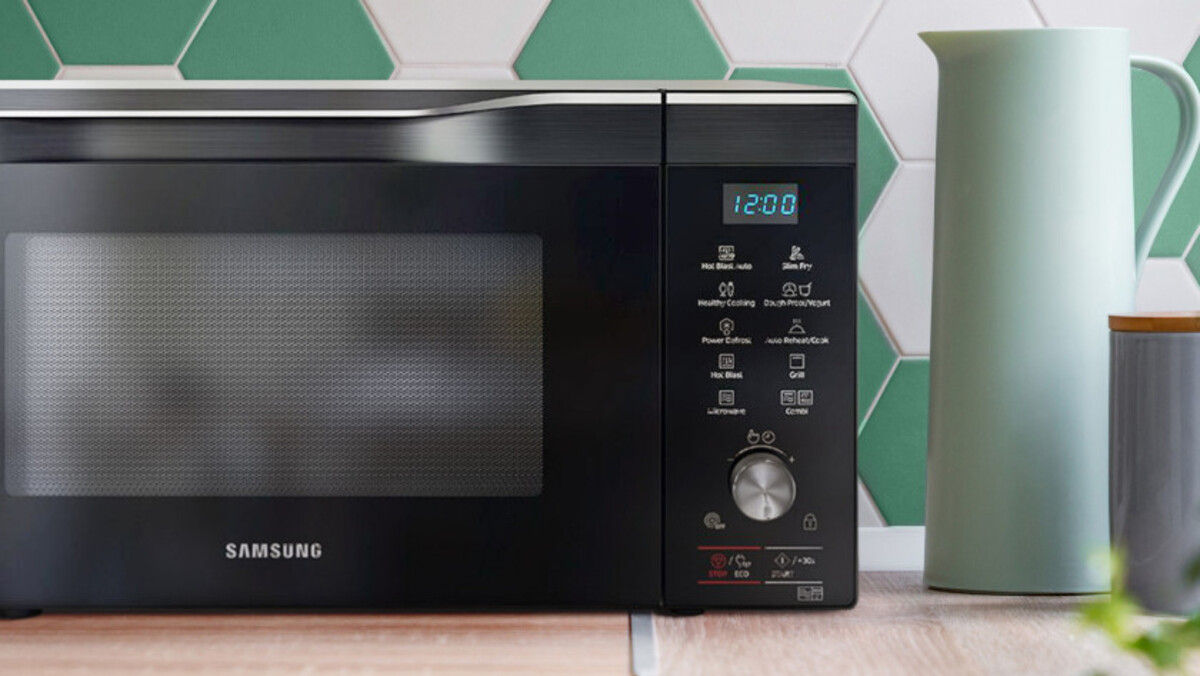
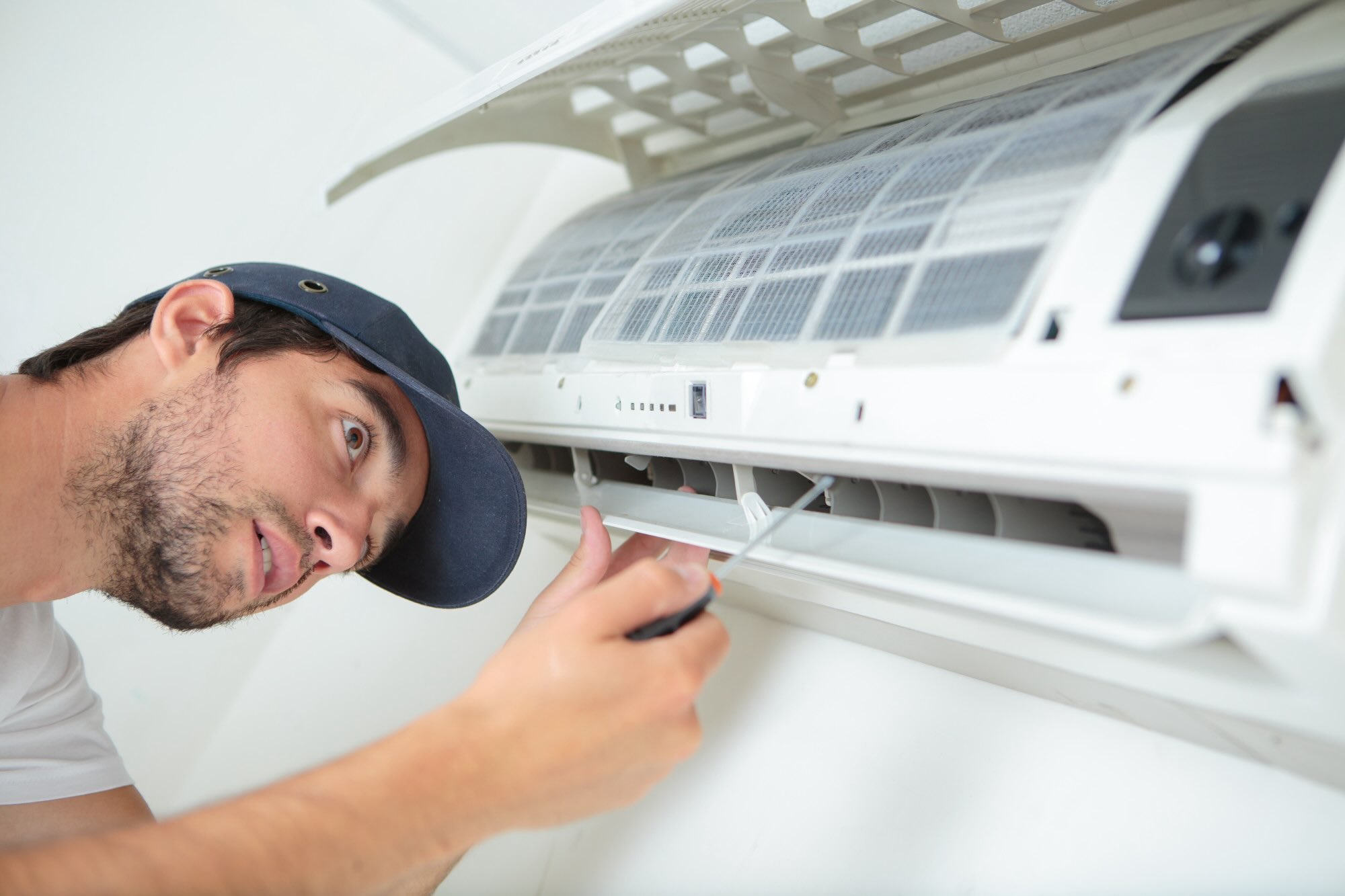
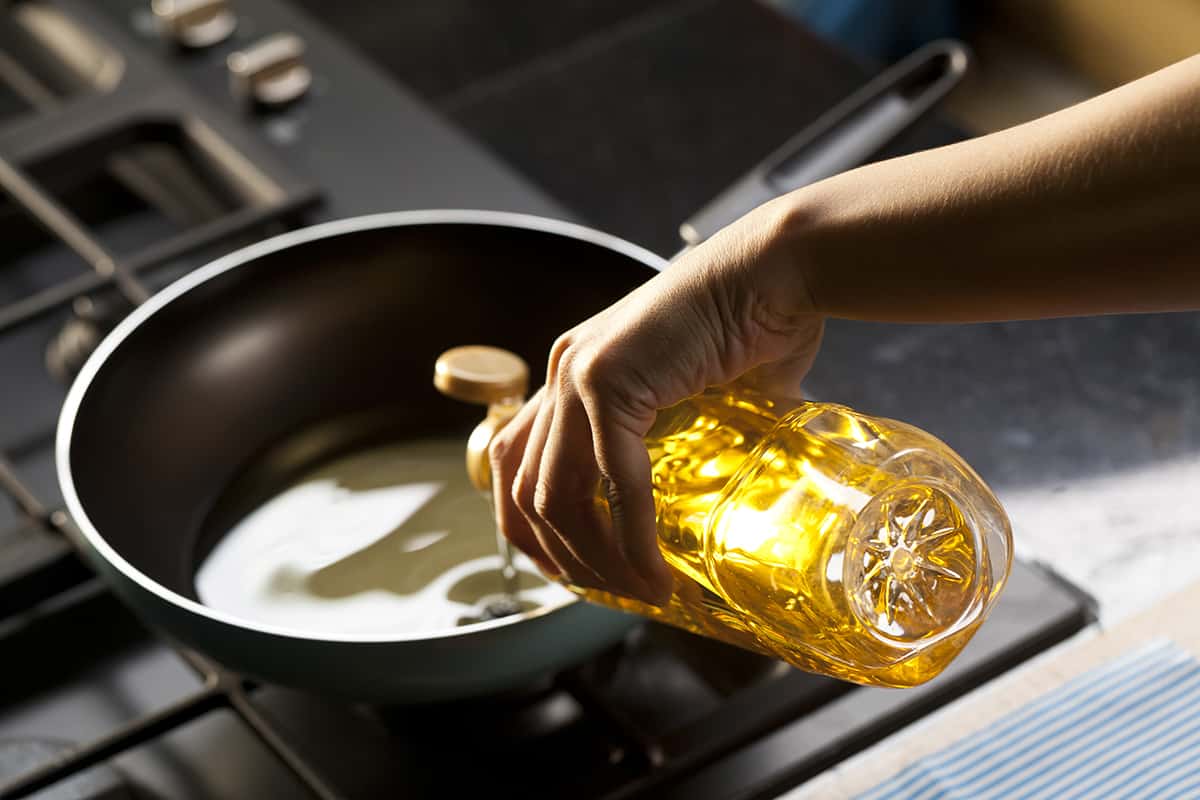
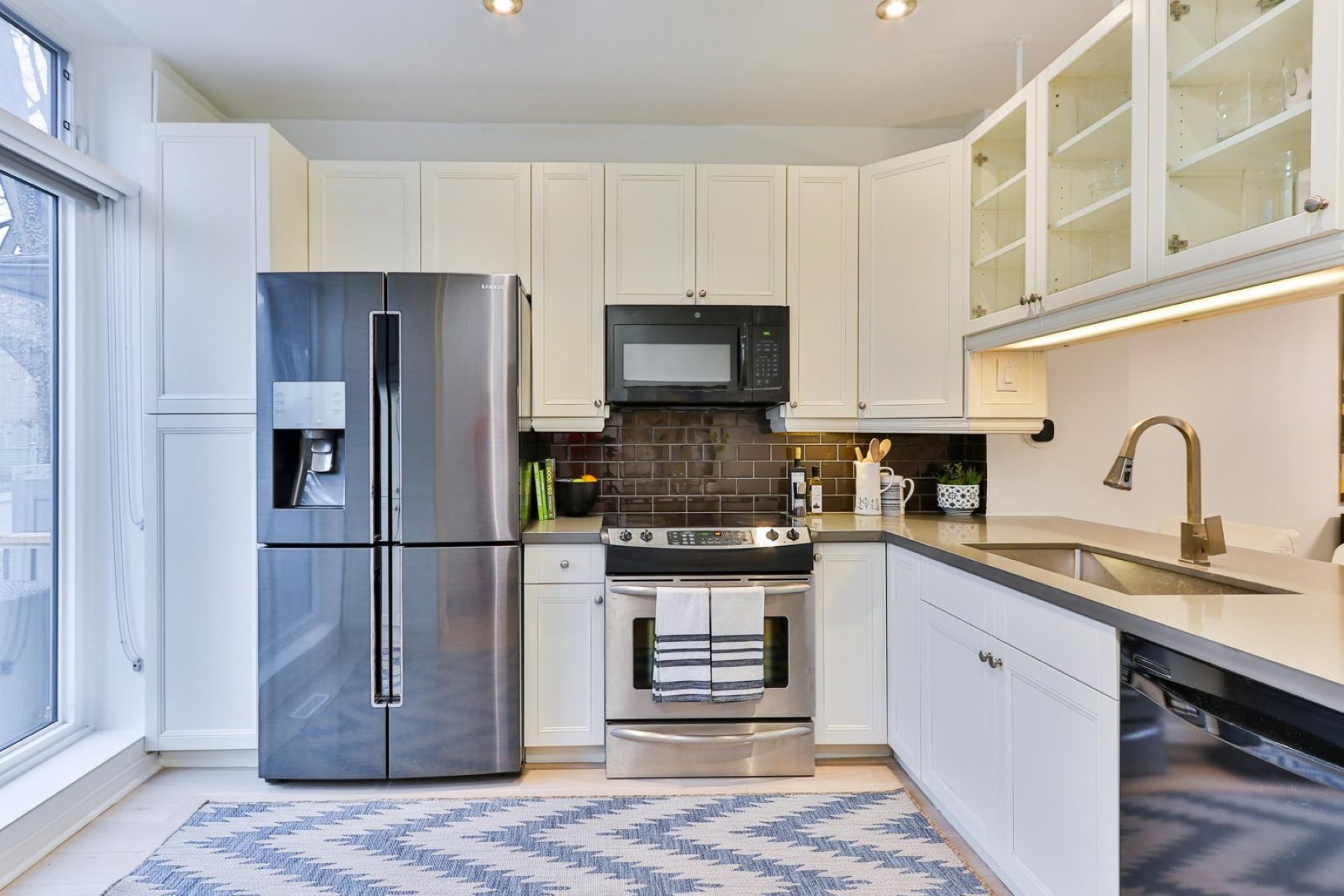
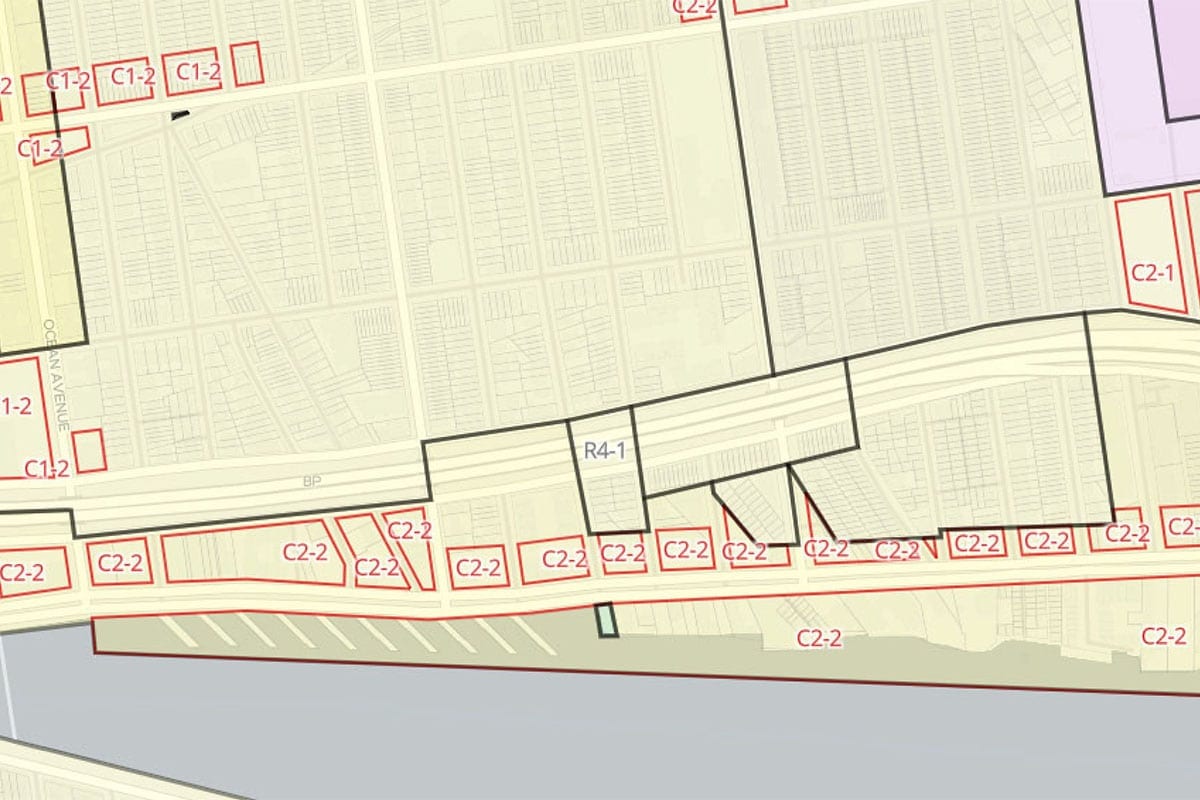
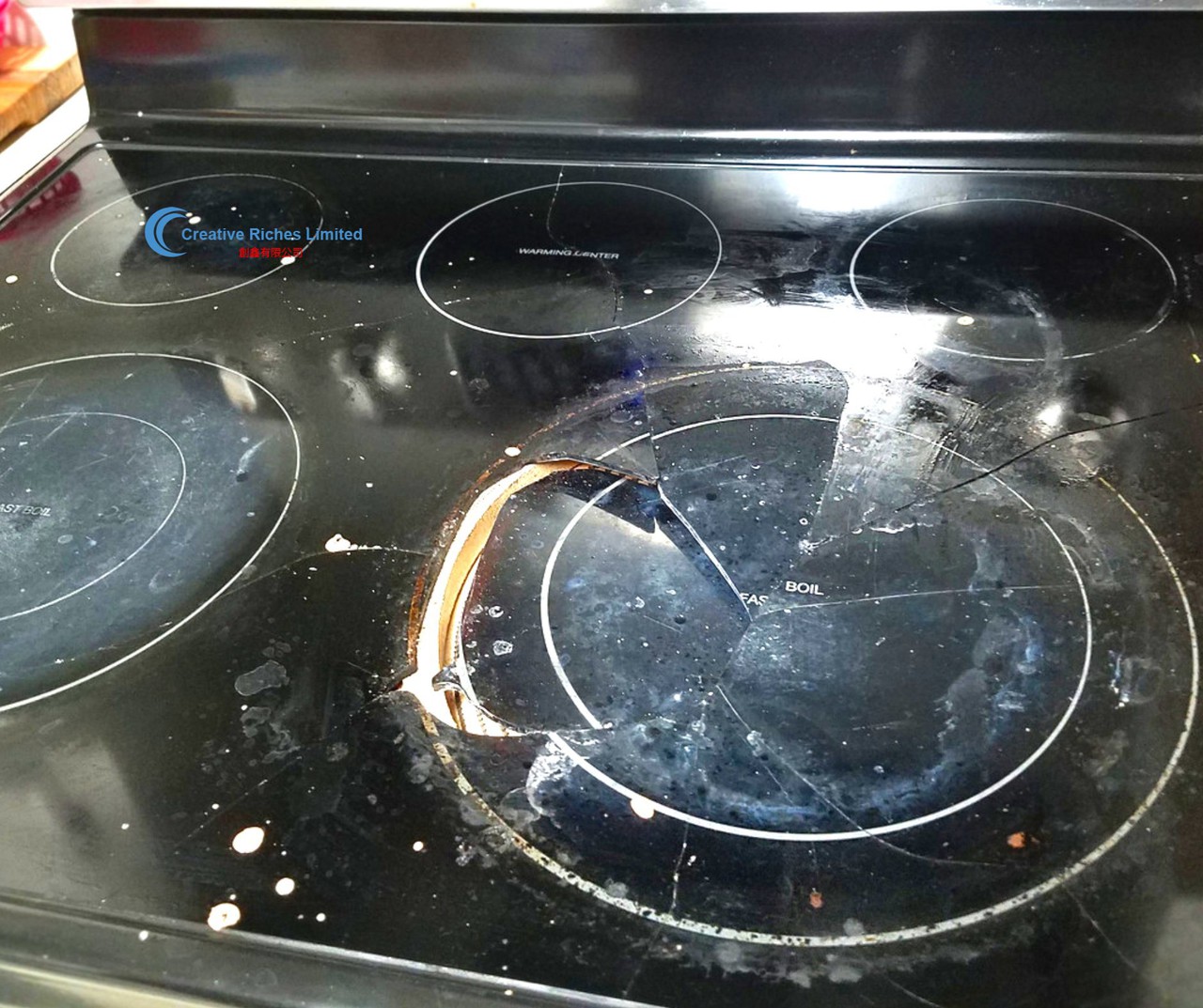
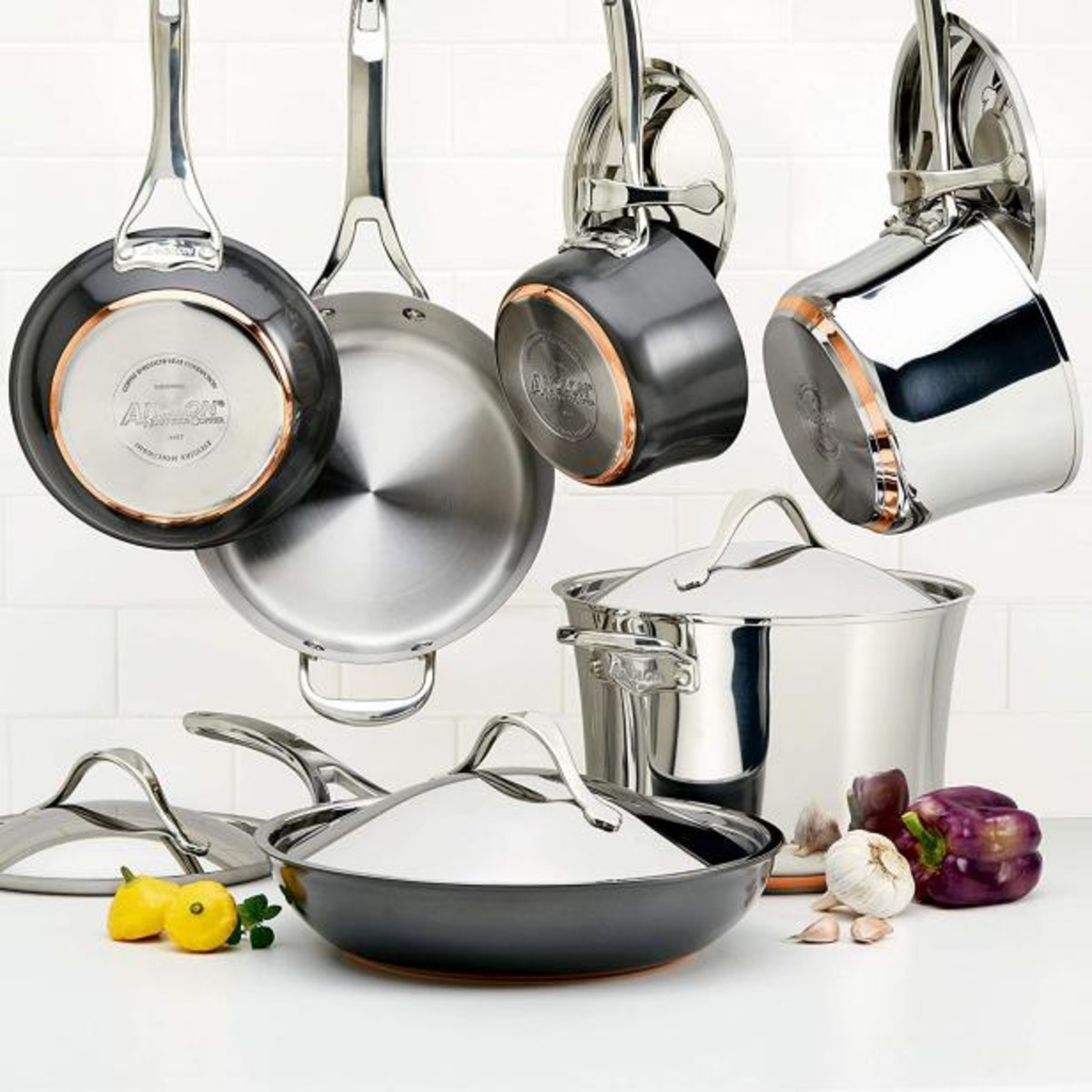
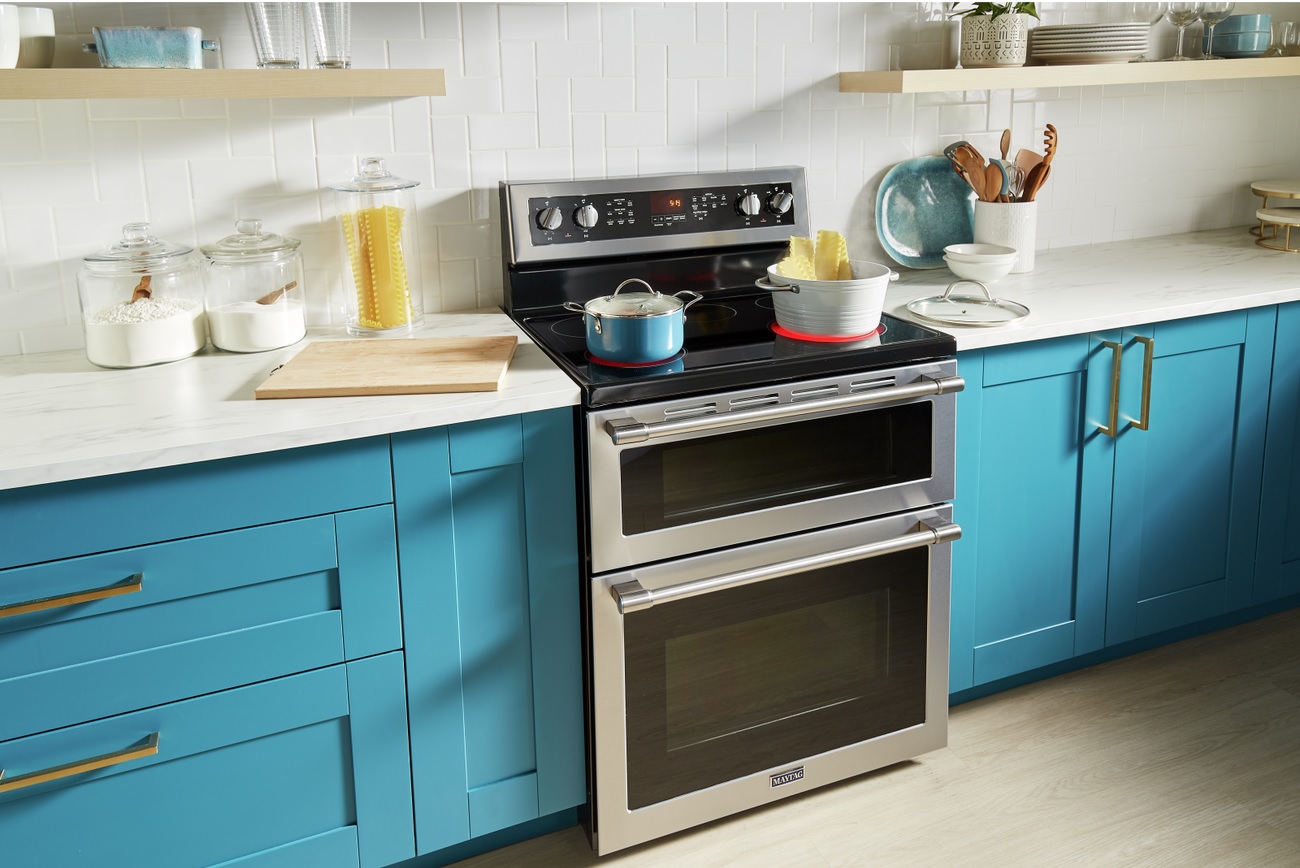
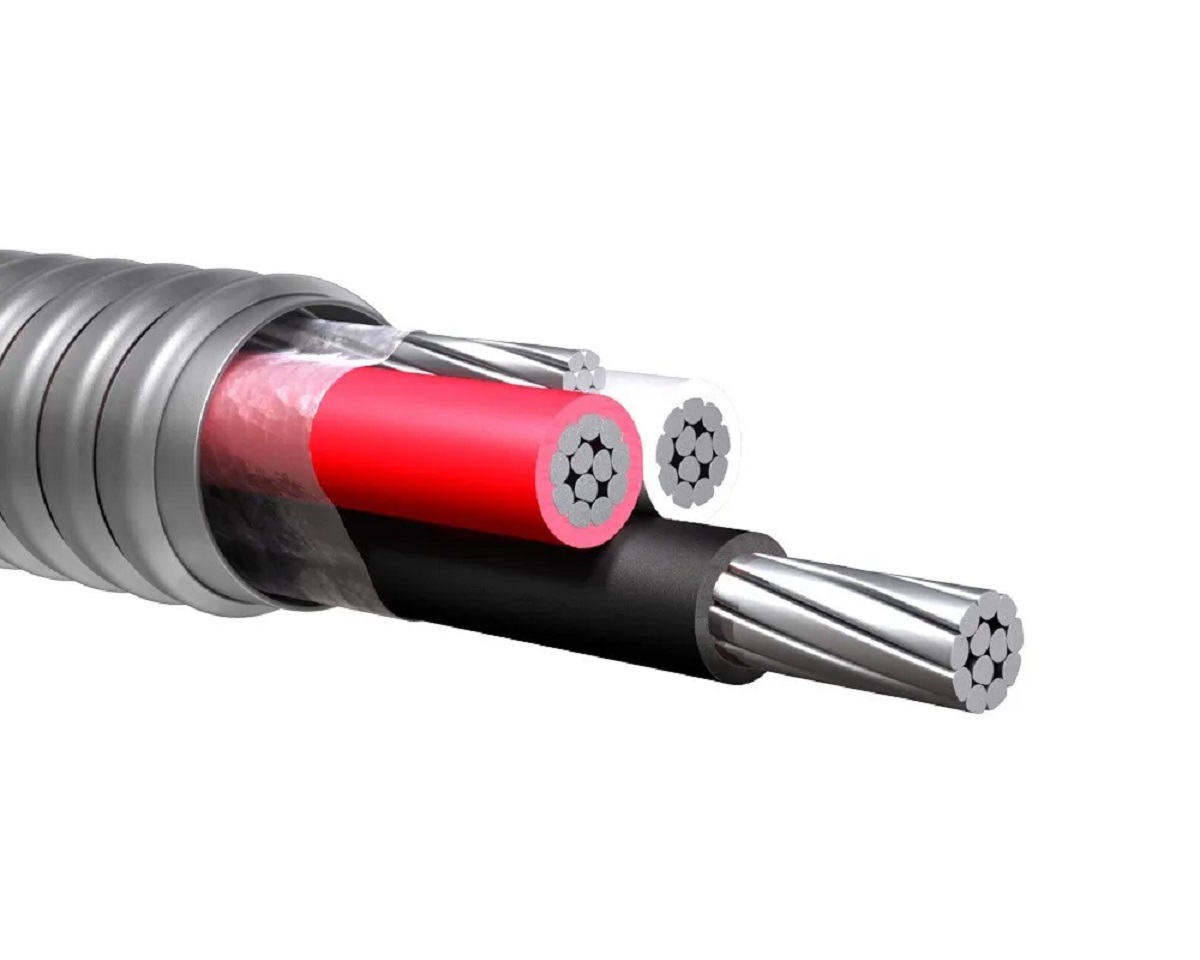
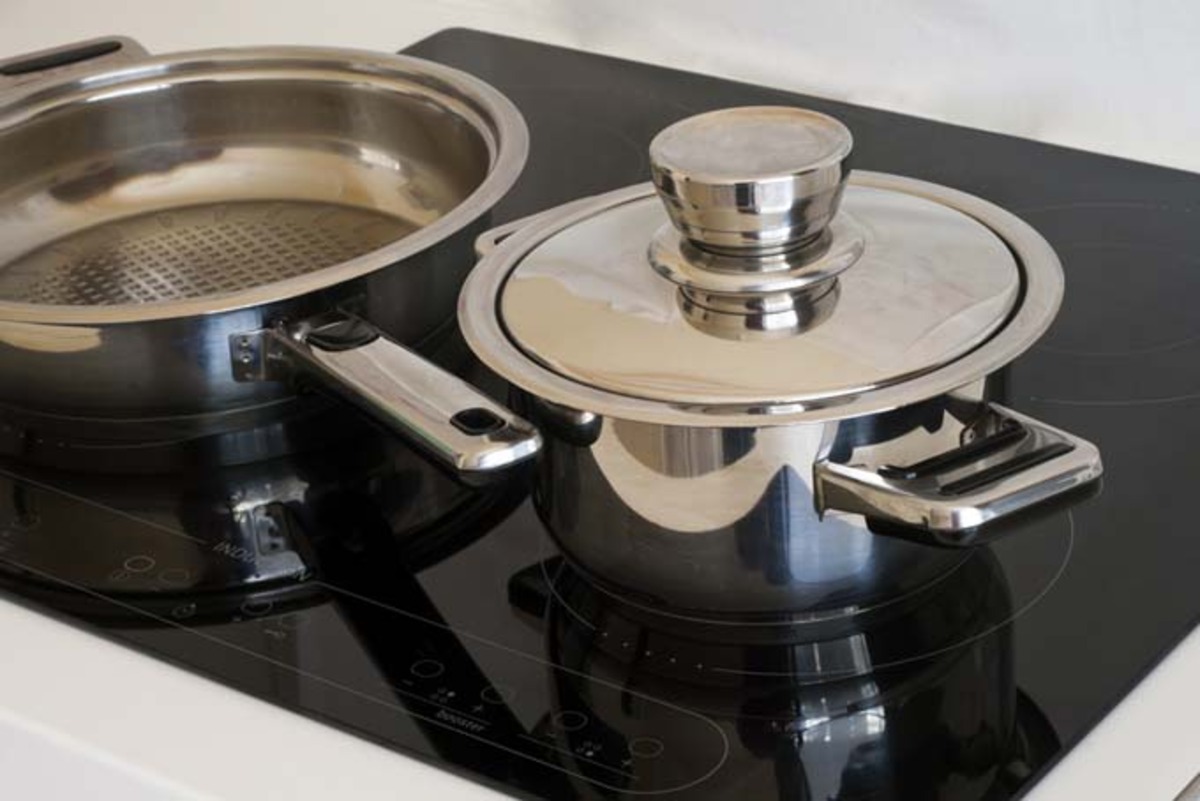


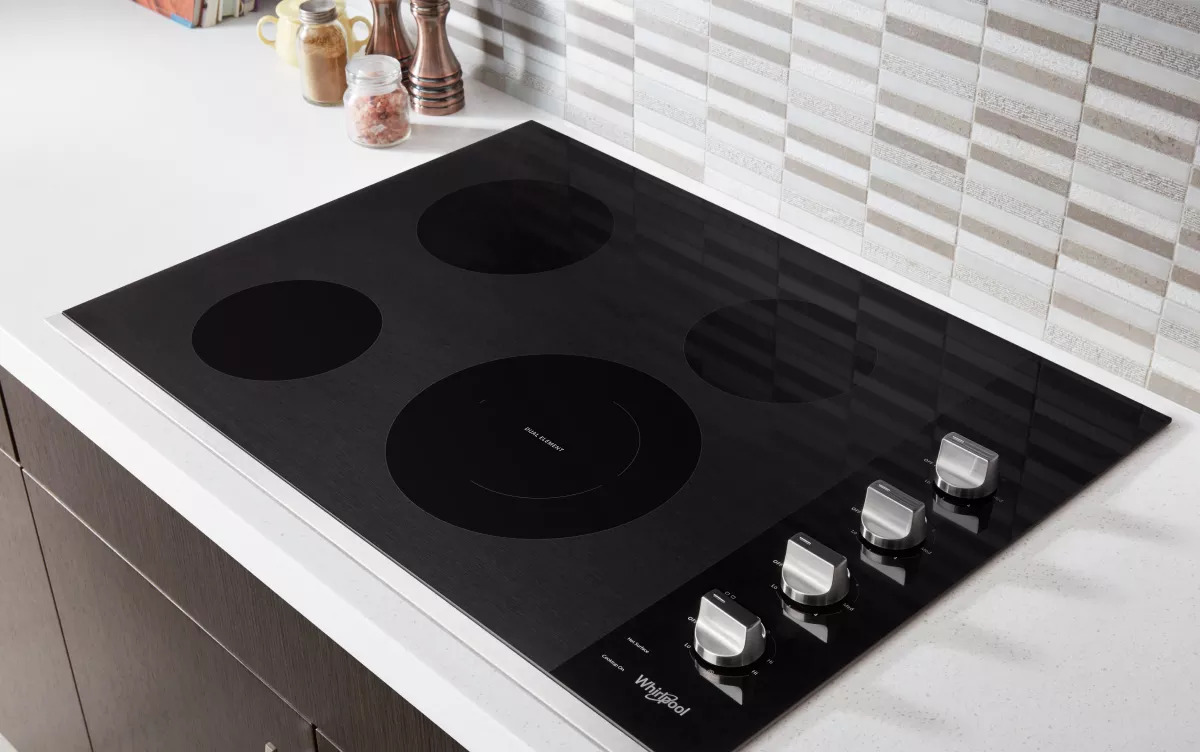


0 thoughts on “What Stove Top Setting To Get To 350°F”